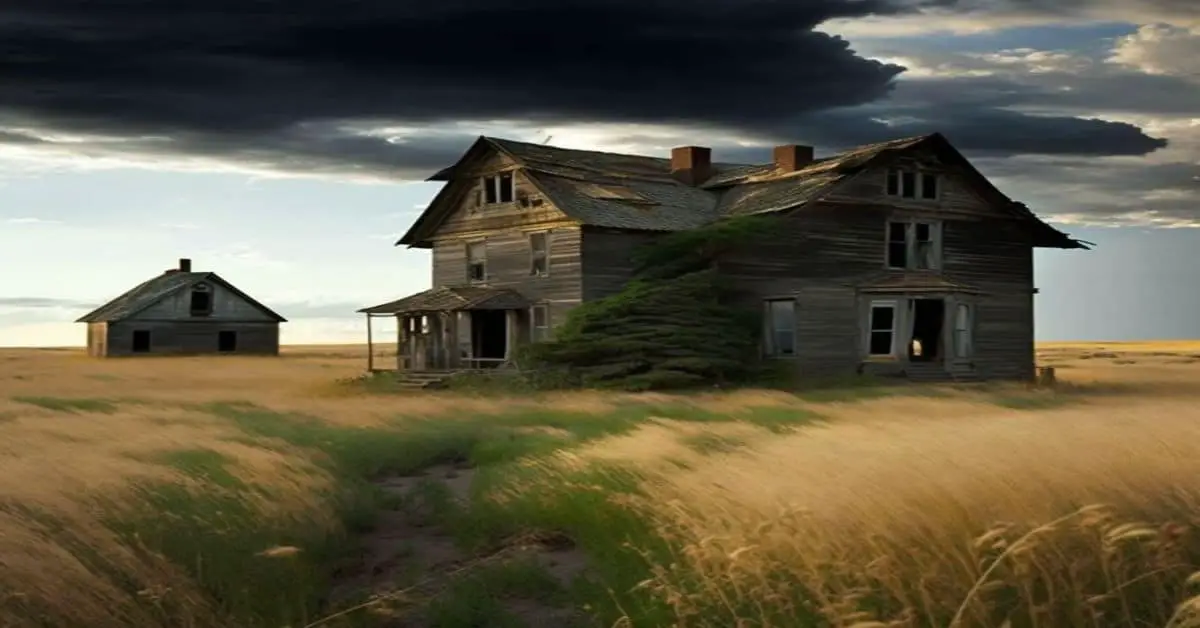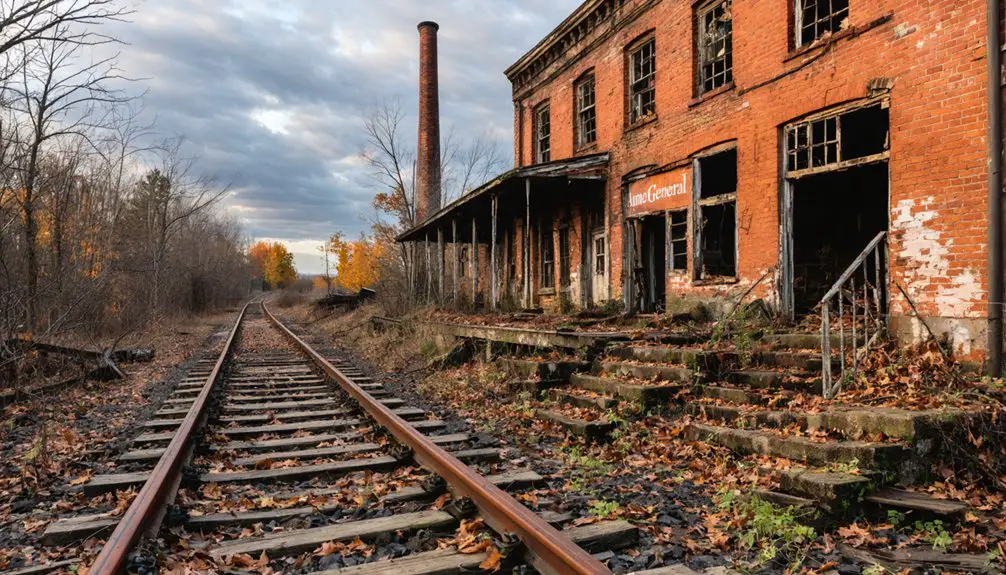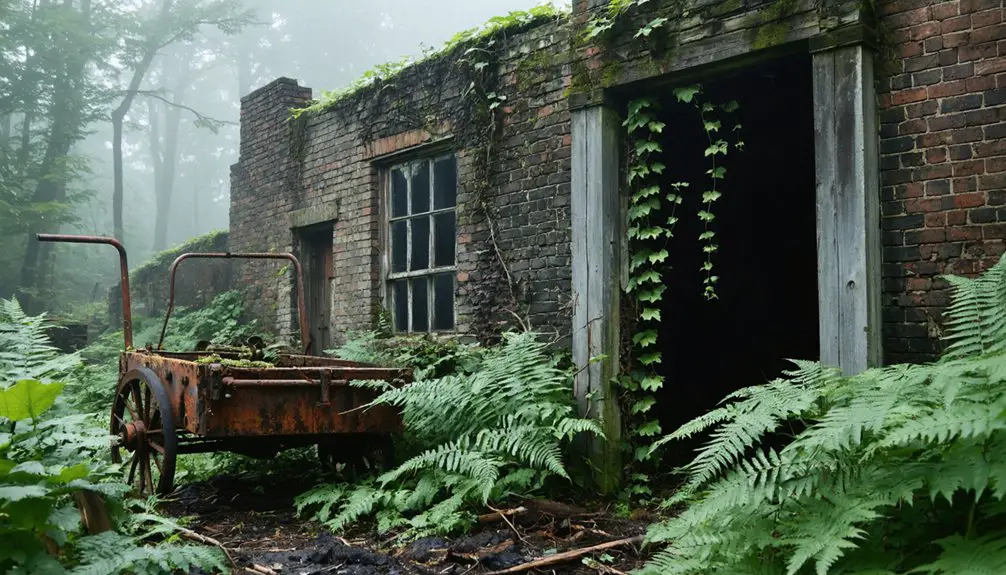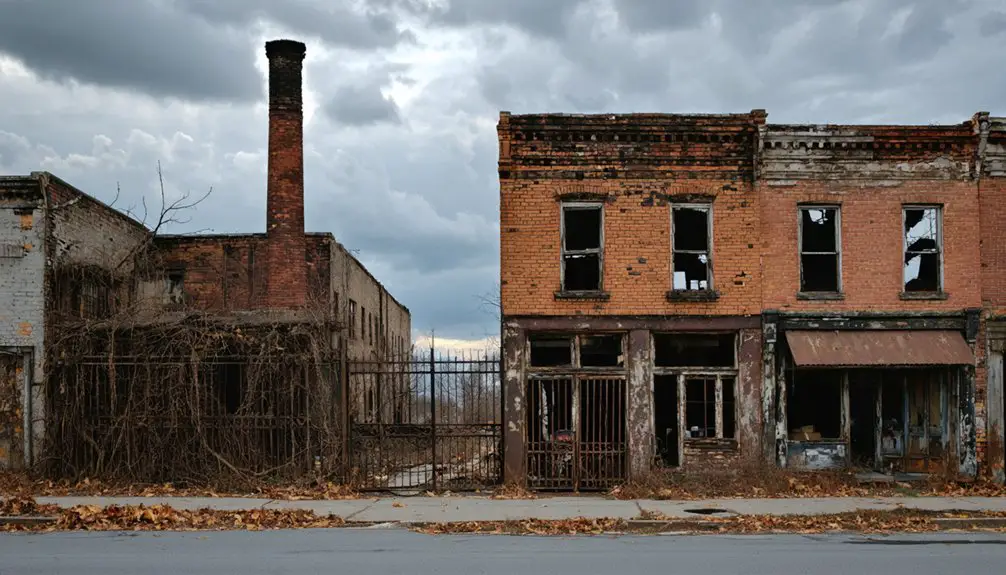The Commonwealth of Pennsylvania has been historically an Indian tribe region since 1600, located in the Northeastern of the United States, in the Appalachian areas. Clockwise, starting by the southeast, it is bordered by Delaware, Maryland, West Virginia, Ohio, New York, New Jersey, and Lake Erie, while cut across by the Appalachian Mountains. Entering statehood on December 12, 1787, Pennsylvania was the 2nd state to join the Union.
There are over 100 ghost towns in Pennsylvania. Whether it vanished due to the downfall of the coal industry, government seizures, or public works that never saw the light of day, Pennsylvania’s ghost towns are full of exciting stories to tell.
Nicknamed The Keystone State, from a reference to the central stone in an arch that holds all the other stones together, Pennsylvania’s one of the thirteen founding members of the Union and currently is the fifth most populated state and the thirty-third largest by area.
Its most important non-ghostly cities include Philadelphia, Pittsburg, and Harrisburg, the state’s capital. Much has been told about these three main attractions, so get ready to explore the Keystone’s underbelly in the shape of some of its most notorious ghost towns to date.
Centralia, Burning From Within
Located in Columbia County, Centralia is part of the Bloomsburg-Berwick area. Centralia was a blossoming town throughout the 1800s and the first half of the 1900s, with several active mines and the regular commercial activity of an economically prosperous town.
By 1940, the city had reached roughly 2,500 residents. Yet this all changed in 1962 when a turn for the worst tragically impacted the town.
An above-ground dumpster was routinely burning and managed to seep into an abandoned mine underneath the city. The result was an underground wildfire. People fled as roadways, homes, and structures fell into the caverns below as the ground continued weakening from the heat of the fires. Centralia was mainly left for nature to reclaim.
Smoke still escaped below the ground, as the fire could not be extinguished. Over fifty years later, the fire still burns, turning the town into a toxic graveyard full of sinkholes and carbon-monoxide fumes.
By 2020, the national census recorded 13 permanent residents left in the city. While the government assigned funds for relocating the residents due to unsafe living conditions, most left, but a few have stuck around fighting against forcible eviction. Still, up to this day, Centralia continues to be deemed unsuitable for human life.
Some “attractions” were left for curious sightseers to visit the now nearly-deserted town, but access is challenging and restricted in some areas. It is always best to pay attention to no trespassing and no access signs and check with local authorities before crossing into unknown territory.
Centralia Church
In the late 1800s and early-to-mid 1900s, Centralia had a total of seven churches of different denominations, as well as other commercial establishments. Amongst the desertion and silence of the former thriving town, one thing still stands today: weekly service at the “Assumption of the Blessed Virgin Mary Ukrainian Catholic Church,” or simply St. Mary.
The church was built on solid rock and has eluded impact from the fire and the extremely high temperatures reached by the grounds in some areas. Service takes place every Sunday at 8 am, and the church receives around 50 parishioners weekly.
Graffiti Highway
In a now-abandoned stretch of Route 61, rerouted due to sink spots from the fire and now partially covered in dirt to prevent cars from accidentally trying to drive by it, lies “Grafitti Highway.” Full of color, provocative (and some obscene) messages, and drawings, it could be considered pure artwork and has slowly become a mandatory stop for visitors.
The End of Centralia’s Abandoned, Colorful, Anarchic ‘Graffiti Highway’
Big Mine Run Geyser
Big Mine Run Geyser is unique to the east coast of the USA. Some of the oldest abandoned mines from the 1930s were overtaken by water. Eventually, the pressure was so intense that the overflowing water found nowhere to go but out of an old ventilation shaft. Water still flows and spouts at diverse moments and with various pressures according to natural conditions.
The only geyser in the state of Pennsylvania is caused by pressure from an abandoned coal mine outside of the ghost town Centralia.
Casualties of War: Alvira’s Explosive Bunkers
Alvira is an abandoned village in the White Deer Hole Creek, affluent West Branch Susquehanna River. Founded in 1825 as “Wisetown,” by 1900, the town had about 100 residents. During World War II, the government seized the small village by the river, its residents evicted, the buildings were torn down, and, in their place, 149 bunkers were erected, turning little Alvira into Susquehanna Ordinance Depot.
These storage facilities, destined for explosive materials but ultimately weren’t used for war activities, lay deserted until the end of WWII. Due to the eviction, land ownership was returned to the state to be declared game land.
Although most bunkers were welded shut, only to be overcome by nature, some that were left open (or became open along the way) were and continue to be thoroughly vandalized and put to the most inappropriate uses. Like any other abandoned ground, many recount fantastic tales of paranormal sightings in the bunker areas, yet none have been officially confirmed.
Pithole, From Boomtown To Oil Bust
Contrary to popular belief, the modern oil industry wasn’t born in the midwest but on Drake’s Well, Pennsylvania. Pithole is located in Venango County’s Cornplanter Township. Incorporated in the mid-1800s with a peak population of nearly 20,000 in the proximity of the Allegheny National Forest, Pithole was a rapidly blossoming oil boomtown. Upon discovering oil in this area, many explored the proximities to gain the advantage of new possible wells.
Pithole was a speculative town, as the land was bought, plotted, and leased under the premise that oil wells may be present under the town’s ground. The news of an oil abundance attracted hordes, and the city went from two founders in early 1865 to 20,000 by the end of that same year.
The population dropped to 2,000 the following year and to 237 by 1870. In 1878, the town’s land, valued at $2,000,000, was sold as scrap for $4.37.
What happened? Simple, there was no oil. While there was no immediate oil, the town was close enough to nearby wells, so Pithole became a strategic location for oil workers to live, commerce to flourish briefly, and fees could be charged for oil transport through the town’s road.
However, it did not take long for oil tycoons to get tired of paying high prices to have their oil run across cities, and thus the first pipeline was born. This started an oil war, and after the pipeline was secured, the town ceased to have a purpose.
The only attraction left is the Pithole City Visitor Center allowing tourists to revisit old 19th Century memorabilia and hear stories of this short-lived but milestone time.
Fricks Locks Nuclear Buy-Out
Not many towns require two blows to bite the dust, but this is the case with Frick’s Locks. Located by the Schuykill Navigation Canal, this small community took its name and main business activity from the waterway’s traffic, which was the means of commerce in the early-1800s.
But, with the economic transformation that led to railroads, the once busy canal was eventually drained, rendering the community obsolete. Fricks Locks became just one Lock, with a railroad station declining in the 1970s and refusing to fall to oblivion.
Fast forward to the 1960s. The Philadelphia Electric Company started constructing the Limerick Nuclear Power Station right across the river from little, dwindling Fricks Lock. By 1986, when the station went online, it became known that the company had acquired all lands surrounding the plant, including Fricks Lock. Some recounts say that a 48-hour notice was handed to residents for immediate eviction, leading to all town buildings vacating.
Now in the process of restoration, its ghost town reputation attracts enthusiasts, tourists, and even ghost hunters.
Final Thoughts
Pennsylvania is full of official and unofficial history. Being one of the Union’s first settlements, it’s loaded with interesting underground stories of towns, villages, and communities that thrived (if ever so briefly) under economic bonanza. Thrill-seekers everywhere enjoy the rush of visiting these sites and exploring their story, their myths, and the potential ghost encounters.



